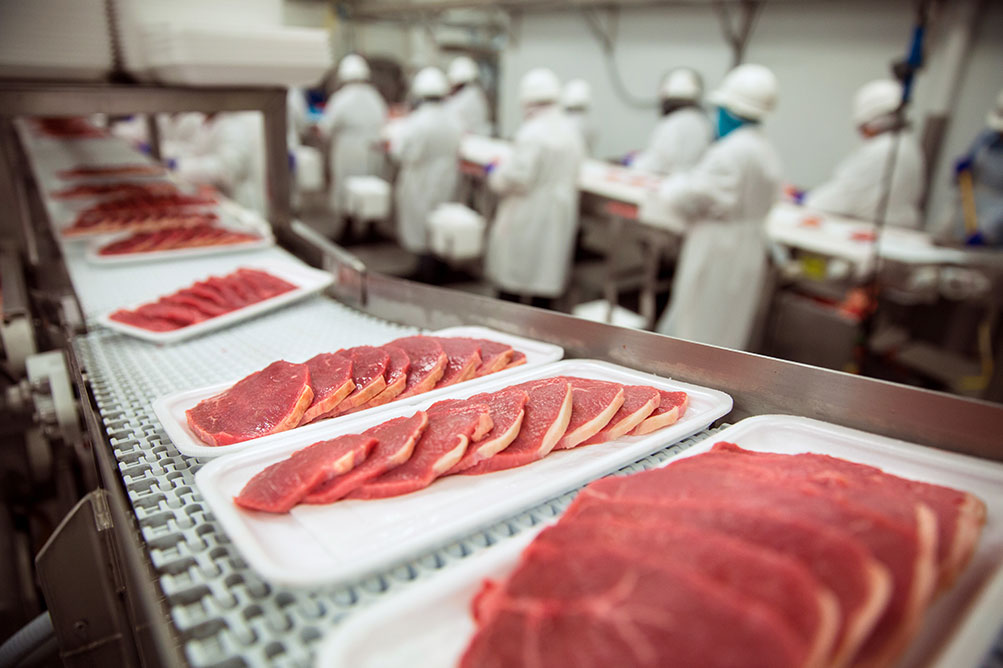|
Few places are as sensitive to sanitation quality as food processing and storage plants. Food safety impacts the population at every scale, and for major facilities the importance is only greater still. Effective industrial pest control is critical to ensuring products are high quality and free of infectious organisms and harmful substances. There is no one single aspect to proper New Orleans pest control, though. An effective strategy should integrate multiple processes and resources, including strict tolerances on the equipment used, the latest in pest control technology and trained technicians able to implement informed and innovative solutions following proper documentation Common Threats in Pest Control
The issues that pests present in food processing cannot be overstated, ranging from hygiene and economic problems to regulatory concerns at a facility and company level. Pests can carry disease-causing bacteria, viruses and parasites and introduce contaminants to ingredients and products in various forms such as droppings, shed fur and feathers, and other remains. Various insects such as cockroaches, beetles and flies, as well as rodents and birds, can act as pests within the facility. Stored product insects (SPIs) are a broad class of insects and mites that may infest food in storage, entering anywhere along the production line from the farm to the grocery store. This category of infestation is often the most damaging to food processing companies. The bugs' presence is evident from leavings like larvae, pupae and body parts in or around packaging and machinery. SPIs may consume small amounts of stored food, but the majority of damage comes from contamination. These risks increase the longer food is stored, and many dried foods are susceptible. Particular live insects such as flies and cockroaches present separate, unique concerns due to their rapid proliferation within a single site. Rats and mice may also nest within or near facilities, close to available food stores, and a rodent population can swiftly grow once established. Not only do they present the same risks of product contamination as SPIs, but they also can spread various diseases and cause damage to machinery and fixtures in the building. Birds, most commonly pigeons, also act as disease carriers and produce significant waste products from droppings to feathers and nesting materials. All of these various pests require different forms of prevention and removal to be implemented by a New Orleans pest control company. Multi-Step Management Pest control is never a one-and-done situation. Infestation is a continuous risk from multiple species, with various factors allowing access or increasing likelihood of pests moving in, and removal is rarely a simple operation itself. Even when not actively dealing with a specific infestation, industrial pest control requires readiness at all times. A fully integrated pest control solution consists of multiple phases, whether sequential or concurrent:
The Professional Touch Even with advanced sensors, traps, bait and other tools, there is simply no replacing professional technicians in pest control. Technology does solely what it is designed to do; trained human workers are able to learn from experience, adapt to new situations and continue honing their skills. Combining the two allows for the best of both to be utilized: automation and swift detection backed by keen analysis and the potential for adaptive, creative solutions. The breadth of technicians and their pooled expertise is especially valuable in that they can bring multiple perspectives, catching ideas that others may have missed thorough coverage of large facilities and prior experiences that lend insight into current scenarios. The tools and techniques employed for pest control should display a similar breadth of utility as well. The days of simply relying on fumigation or pesticides are over; it's now understood that many such chemicals introduce their own health problems and some populations of pests can develop resistance to chemical attacks. Various traps and deterrents exist that don’t employ chemicals at all and offer improved coverage against resistant pests. Some forms of pest control don’t even involve traps or pesticides in the first place. Preemptive practices such as proper sanitation, monitoring and enclosure of access points go a long way to prevent infestation and skip the extermination processes. To fully secure your processing plant or storage facility, your task begins with a thorough understanding of risks and a strong prevention and management plan, enacted by well-equipped industrial pest control experts. This means safer products, safer work environments and less trouble from regulations.
4 Comments
10/4/2022 03:54:28 am
Thank you for mentioning that rats and mice may nest within or next to buildings, near food sources, and that once a rodent colony is formed, it can quickly increase. My father wishes to purchase a home in an older neighborhood. Before deciding to buy it, I'll ask my father to locate a pest control company to see whether there are any pests in the region.
Reply
Leave a Reply. |
AuthorI really enjoy researching and writing about pests. The more we know about bugs, the easier it becomes to control them. Categories
All
Archives
February 2024
|
|
© 2021 Bug Ninja Pest Control.
All rights reserved. |
Services |
Contact |
|



 RSS Feed
RSS Feed

